Disclosure: This article contains affiliate links. We may earn a commission from purchases at no extra cost to you, which helps our travel content.
The moment my bare feet touched the crystalline shores of Santa Maria, I felt that familiar rush of discovery – the same feeling I get when I find the perfect food truck in an unlikely corner of a new city. Except this time, I was standing on the southernmost tip of Sal Island in Cape Verde, where the Atlantic Ocean's turquoise waters create a stunning contrast against the arid, Mars-like landscape inland. As someone who's used to the urgent pace of EMT work, there's something profoundly healing about places where time seems to expand rather than contract. Cape Verde – this archipelago of ten volcanic islands off Africa's west coast – offers exactly that medicine, along with a fascinating blend of Portuguese, African, and Brazilian influences that shape its unique cultural identity. What many travelers don't realize is that experiencing this paradise doesn't require emptying your savings account. After a week exploring Santa Maria's sun-drenched corners on a modest budget, I'm sharing how you can experience this gem without the financial stress that often accompanies island destinations.
Getting to Santa Maria Without Breaking the Bank
Let's address the elephant in the room: flights to Cape Verde aren't exactly cheap, especially if you're coming from North America. As someone who's accustomed to calculating the most efficient route to an emergency scene, I've developed a knack for transportation logistics that extends to my travels.
From my home base in Philadelphia, I found that flying to Lisbon first and then catching a budget airline to Sal Island (Amílcar Cabral International Airport) saved me nearly $400 compared to direct routes. TAP Air Portugal and TUI frequently offer reasonable fares from European hubs. If you're flexible with dates, set up fare alerts through flight tracker about 3-4 months before your intended travel window.
Once you land at the airport, resist the temptation of the taxi drivers who will inevitably approach you with seemingly convenient offers. Instead, walk just outside the main terminal area to find the aluguer (shared minibuses) that locals use. For about 200 Cape Verdean escudos (roughly $2 USD), these will take you directly to Santa Maria. The 20-minute journey offers your first glimpse of the island's striking desert landscape – a reminder that this volcanic archipelago holds wisdom in its ancient stones, not unlike the sacred places I've studied in the American Southwest.
During my February visit, I noticed several travelers who seemed unprepared for the winter winds that can sweep across the island. While daytime temperatures hover around a pleasant 75°F (24°C), evenings can get surprisingly cool with strong breezes – a perfect example of how island microclimates create their own healing rhythms.
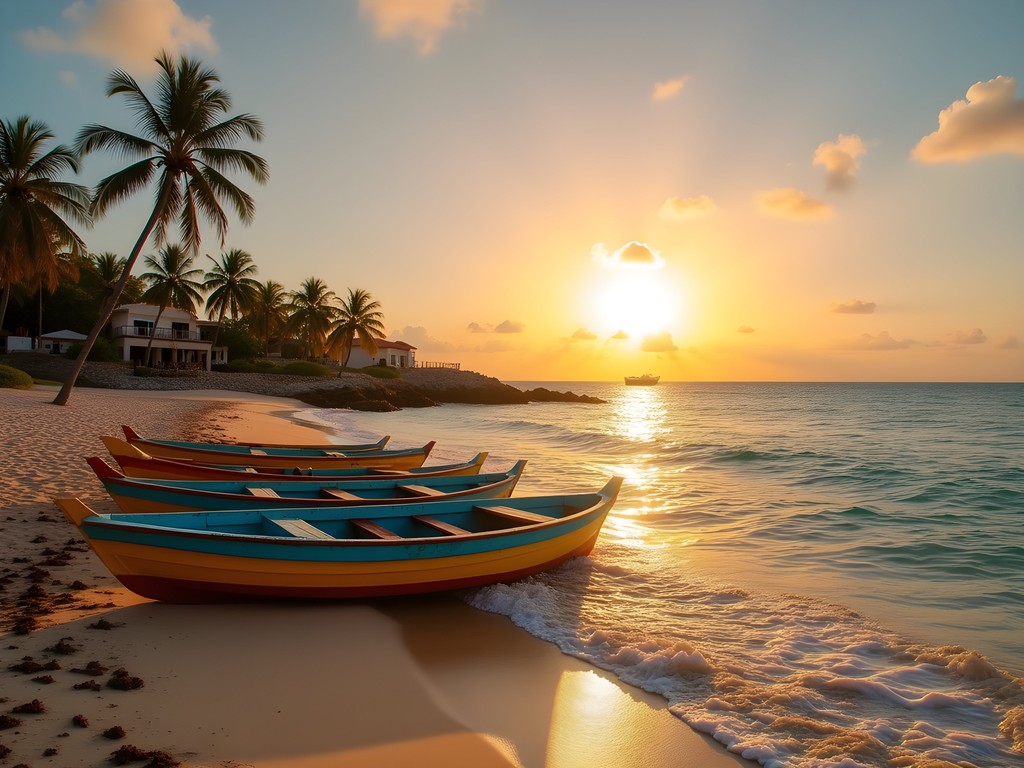
💡 Pro Tips
- Book flights to Lisbon first, then find a separate budget airline connection to Sal Island
- Use aluguers (shared minibuses) instead of taxis from the airport to save 80% on transportation costs
- Travel during shoulder season (November-December or May) for the best balance of good weather and lower prices
Budget Accommodation: Finding Your Sanctuary
In my years of adventure travel, I've learned that accommodations are where mindful budget choices make the biggest difference. Santa Maria offers everything from luxury resorts to humble guesthouses, but the sweet spot lies in the locally-owned residencials (guesthouses) and apartment rentals.
I stayed at Residencial Goa, a family-run establishment about 10 minutes walking distance from the main beach. At €30 per night for a simple but clean private room with a shared bathroom, it cost less than half what the beachfront hotels charge. What it lacked in luxury, it made up for in authenticity – the owners shared stories of island life that no resort concierge could offer. The rooftop terrace became my morning meditation spot, where the geometric patterns of the town's layout below reminded me of the sacred geometry principles I've studied in traditional healing spaces.
For solo travelers comfortable with shared spaces, Sal Beach Club Hostel offers dorm beds from €15 per night and includes a communal kitchen – crucial for budget management on an island where imported goods drive restaurant prices up. I met several solo travelers there during my visit who became impromptu exploration companions.
If you're staying longer than a few days, consider apartment rentals through local agencies rather than international booking platforms. I noticed prices were about 30% lower when booked locally, and often include small kitchenettes. My travel water filter proved invaluable here, as it allowed me to drink tap water safely, avoiding the constant purchase of plastic bottles in a place where waste management is still developing.
Whichever option you choose, prioritize locations within walking distance of both the beach and the main town center. Santa Maria is compact enough that with the right location, you'll rarely need transportation – another budget win that also connects you more intimately with the rhythm of local life.
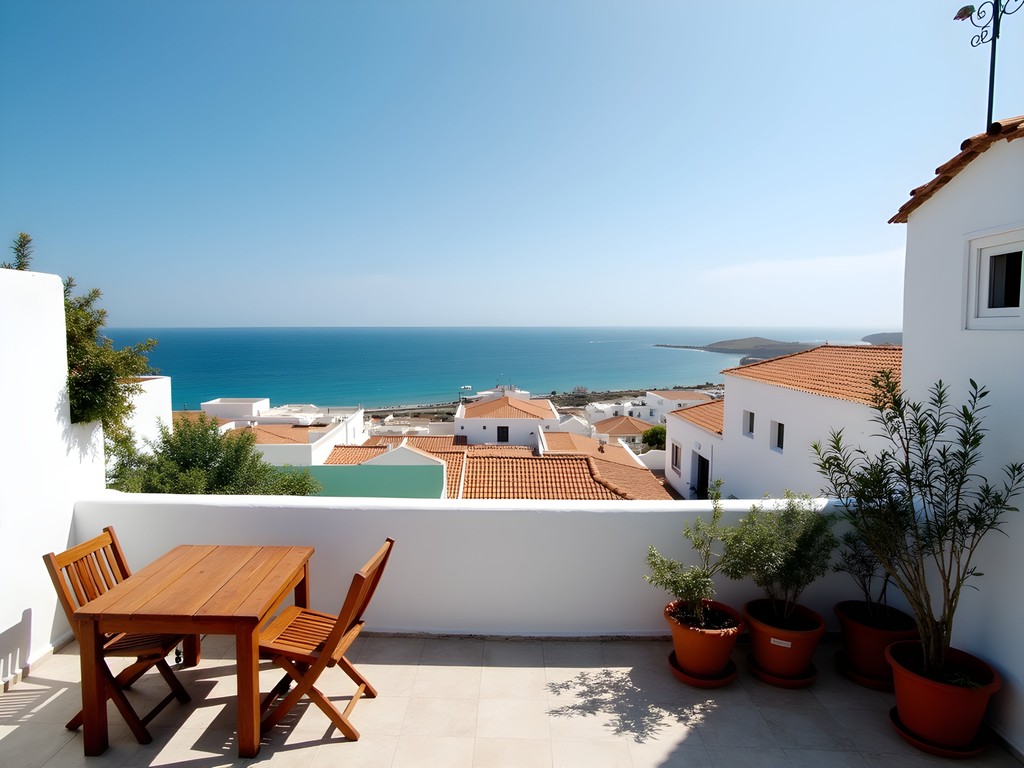
💡 Pro Tips
- Book locally-owned residencials (guesthouses) instead of resort hotels to save 50-60% on accommodation
- Request rooms with kitchenettes to save on meal costs
- Consider hostels with communal kitchens if you're comfortable with shared spaces
Eating Well Without Overspending
As someone who's tracked down exceptional food trucks across North America, I approach food with both curiosity and strategy when traveling on a budget. Cape Verde presents interesting challenges – as an island nation, many ingredients are imported and priced accordingly. However, with some local knowledge, you can eat remarkably well without overspending.
First rule: embrace local Cape Verdean cuisine. Cachupa, the national dish, is a hearty stew of corn, beans, cassava and fish or meat that connects directly to the islands' history of resilience and resourcefulness. At Café Crioulo in the heart of Santa Maria, a generous portion costs around 600 escudos ($6) and will fuel you for most of the day. The owner, Maria, explained how the slow-cooking process mirrors traditional healing practices – patience as an ingredient that can't be rushed.
Seafood is predictably fresh and abundant, but prices vary dramatically based on where you eat. I discovered that the colorful fishing pier comes alive around 4pm when the boats return with their daily catch. By purchasing directly from fishermen and having it prepared at nearby casual restaurants like Bar Da Nha Terra for a small cooking fee, I enjoyed grilled wahoo and tuna for about half the price of seafront restaurants.
For breakfast and lunch, the municipal market offers fresh fruits, cheese, and locally-made bread at modest prices. I often created picnic lunches for beach days with these simple ingredients, supplemented with nuts and energy bars I'd packed from home in my packing cubes which kept my backpack organized throughout the trip.
Drink like a local to save significantly. The locally-produced Strela beer costs about 150 escudos ($1.50) at neighborhood bars versus 400 escudos at tourist establishments. Similarly, Cape Verde's grogue (sugar cane rum) makes an affordable souvenir and evening sipper.
Water conservation is both an environmental and financial consideration here. The islands face freshwater scarcity, reflected in prices. Using my filtered water bottle saved approximately $5 per day that would have gone to bottled water – funds better directed toward supporting local businesses.
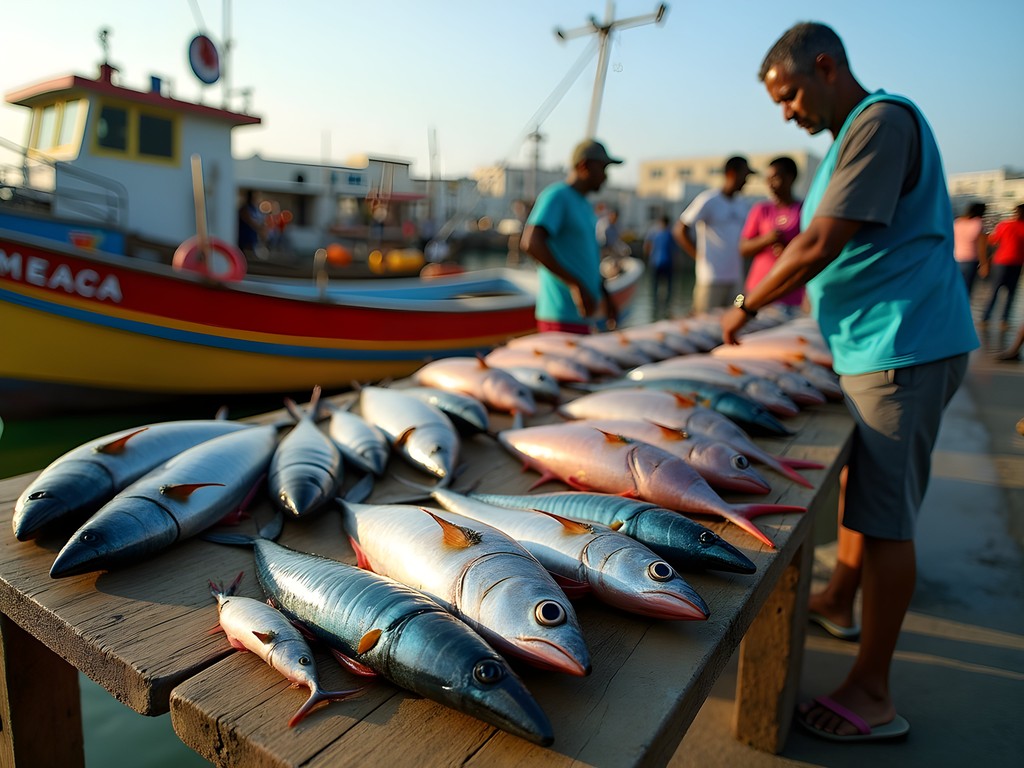
💡 Pro Tips
- Eat at local establishments at least one block away from the main tourist areas to save 30-40% on meals
- Visit the municipal market for picnic supplies and fresh produce
- Purchase seafood directly from fishermen at the pier around 4pm and have nearby restaurants cook it for a small fee
Free and Low-Cost Beach Experiences
Santa Maria's primary attraction – its stunning beaches – comes with the best possible price tag: free. Having worked as an EMT in various environments, I've developed a heightened awareness of how different landscapes affect our physical and emotional wellbeing. The negative ions released by ocean waves create a naturally therapeutic environment that science is only beginning to fully understand, but indigenous coastal cultures have recognized for millennia.
The main beach stretching along Santa Maria's town is beautiful and convenient, but walking just 15-20 minutes in either direction rewards budget travelers with more secluded spots. Heading east past Hotel Morabeza, I found quieter stretches where the only footprints in the sand were my own. For these longer beach explorations, my reef-safe sunscreen proved essential – not just for my protection, but for preserving the delicate marine ecosystem I was enjoying.
While many visitors book expensive excursions, I discovered that Santa Maria's best experiences require minimal investment. Kite and windsurfing schools dominate the shoreline, but few travelers realize you can arrange a basic 1-hour introduction lesson for around €40 – significantly less than full courses, yet enough to experience the thrill of harnessing the island's famous winds.
Salt ponds at Pedra de Lume offer a Dead Sea-like floating experience, but the €5 entry fee adds up if visiting multiple times. Local secret: the natural tide pools that form among rocks at the eastern edge of Santa Maria beach offer similar mineral-rich waters for free. These shallow, sun-warmed pools create natural therapeutic baths that reminded me of traditional healing practices I've encountered in indigenous communities.
For wildlife encounters, timing is everything. Between July and October, loggerhead turtles nest on certain beaches, and while official tours are expensive, respectful independent visitors can sometimes witness hatchlings making their journey to the sea at dawn or dusk. During my February visit, I instead focused on the abundant marine life visible right from shore – schools of colorful fish visible even without snorkeling equipment in the crystal-clear waters.
Remember that the most powerful experiences often come from simply being present. One evening, I joined locals and visitors in the simple tradition of gathering at the pier to applaud the sunset – a free moment of community celebration that connected everyone present to something larger than themselves.
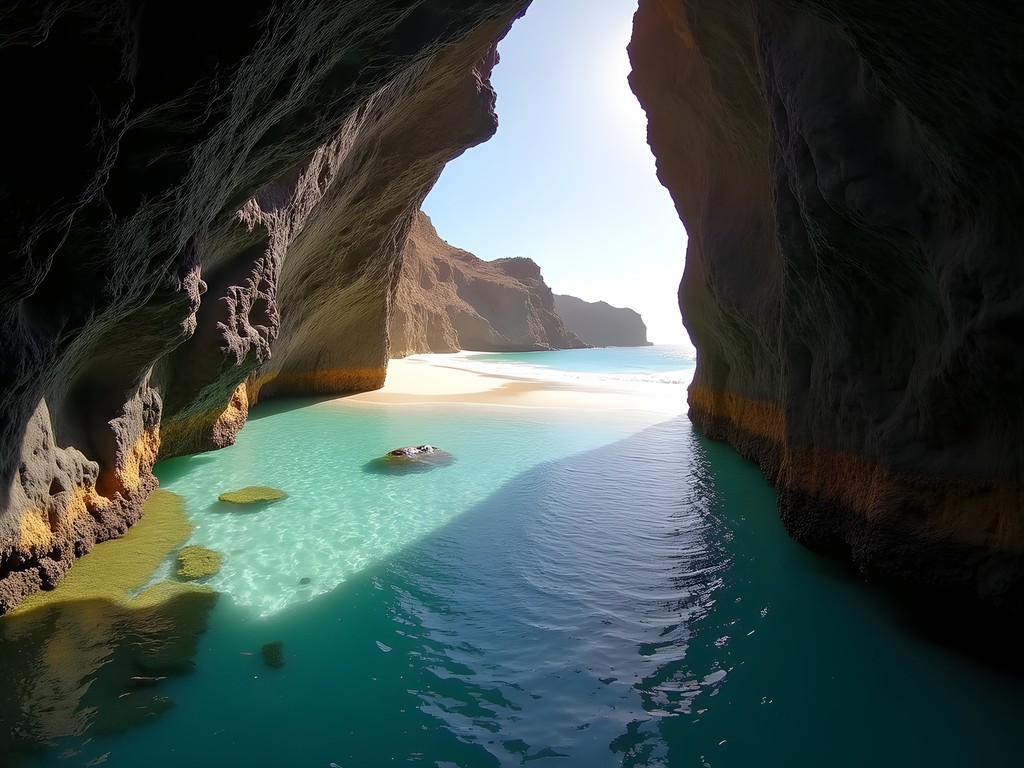
💡 Pro Tips
- Walk 15-20 minutes away from the main beach area to find quieter, less commercial beach spots
- Try individual introductory lessons for water sports instead of expensive multi-day packages
- Visit the natural tide pools at the eastern edge of Santa Maria beach for a free alternative to the salt ponds
Cultural Immersion on a Budget
True budget travel goes beyond finding the cheapest options – it's about connecting authentically with a place in ways that expensive tours often can't provide. In Santa Maria, I found that the most meaningful cultural experiences were either free or cost very little.
Music forms the heartbeat of Cape Verdean culture. Rather than paying for organized cultural shows, I followed the sounds of morna and coladeira music to small neighborhood bars where locals gather. At Disco Pirata, just two blocks from the tourist zone, I found myself welcomed into impromptu dance sessions where patient Cape Verdeans taught me basic steps with much laughter and zero judgment. The price of admission? Just the cost of a Strela beer or two.
Language creates bridges between cultures. While Portuguese is the official language, most Cape Verdeans speak Kriolu in daily life. I downloaded a free Kriolu phrasebook before my trip and found that even my clumsy attempts at basic greetings transformed interactions from transactional to personal. The phrase "N sta dretu" (I'm fine) invariably brought smiles and often led to conversations about where I was from and what brought me to their islands.
Markets offer windows into daily life beyond the tourist experience. Santa Maria's municipal market is worth visiting not just for affordable food, but to observe the social fabric of the community. I noticed how vendors used traditional preservation techniques for fish and produce – methods that maximize resources in an environment where sustainability isn't a trend but a necessity for survival, much like the indigenous food preservation practices I learned from my Mi'kmaq relatives.
Religious sites provide insight into Cape Verde's complex cultural identity. The small Catholic church in Santa Maria's center hosts evening services that welcome visitors respectfully observing from the back. The hymns sung in Kriolu reflect the unique syncretism of European and African spiritual traditions that characterize these islands.
Most meaningfully, I connected with a local family through a chance encounter at a café. After helping translate a menu for them (my emergency medical Spanish proving surprisingly useful with Portuguese), they invited me to their home for Sunday lunch. This organic cultural exchange – sharing a home-cooked cachupa while three generations described their island life – provided insights no guided tour could match.

💡 Pro Tips
- Learn basic Kriolu phrases to transform your interactions from transactional to personal
- Follow the sound of live music to find authentic local gatherings instead of paying for cultural shows
- Visit the municipal market in morning hours to observe local life and food traditions
Final Thoughts
As I watched my final Santa Maria sunset paint the Atlantic in shades of amber and rose, I reflected on how this small corner of Cape Verde had offered exactly what I seek in my travels – not luxury, but authenticity; not convenience, but connection. The island's natural healing elements – salt water, mineral-rich volcanic soil, negative ions from crashing waves – mirror what indigenous wisdom has long recognized about balanced environments. By traveling mindfully on a modest budget, I experienced Santa Maria not as a consumer but as a participant in its daily rhythms. The money saved by choosing local guesthouses, neighborhood eateries, and self-guided explorations allowed me to stay longer and support more local businesses. Whether you have a week or a month, Santa Maria offers a reminder that the most valuable travel experiences rarely correlate with what we spend, but rather with how deeply we engage. Pack light, stay curious, and let Cape Verde's 'morabeza' (hospitality) work its gentle magic on your spirit.
✨ Key Takeaways
- Stay in locally-owned guesthouses to cut accommodation costs in half while gaining authentic cultural insights
- Eat where locals eat and purchase seafood directly from fishermen for the freshest, most affordable meals
- The most meaningful experiences in Santa Maria are free: secluded beaches, sunset gatherings, and connections with local communities
📋 Practical Information
Best Time to Visit
November-May (dry season), with February-March offering ideal wind conditions and fewer crowds
Budget Estimate
$40-60 USD per day including accommodation, food, and local activities
Recommended Duration
5-7 days
Difficulty Level
Moderate

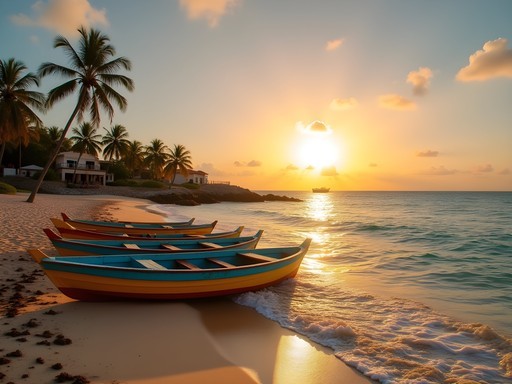
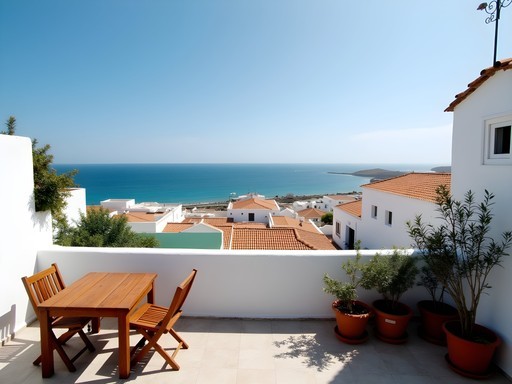
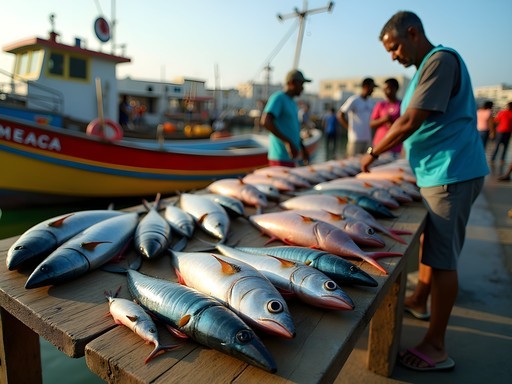
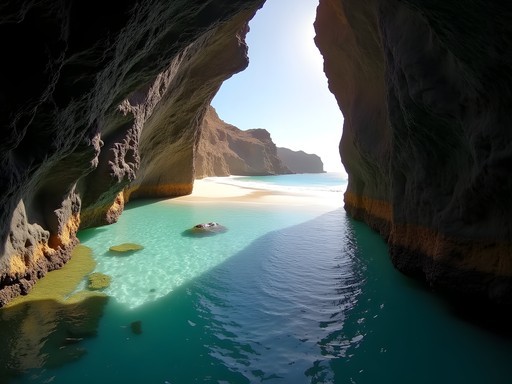
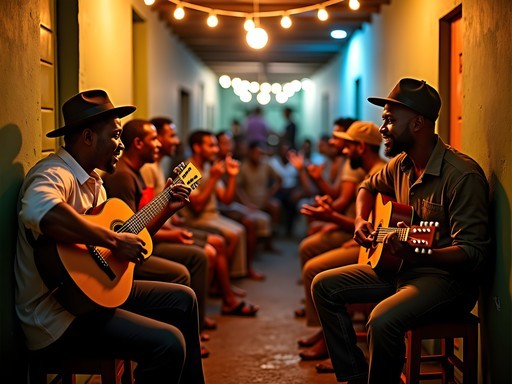


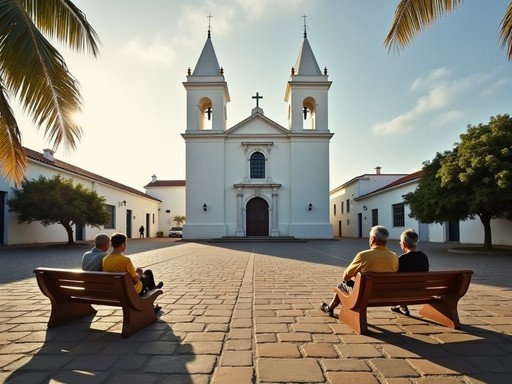
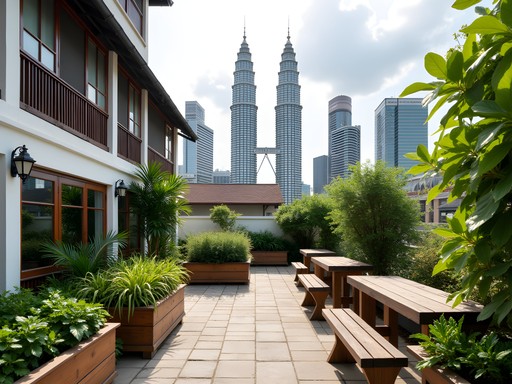

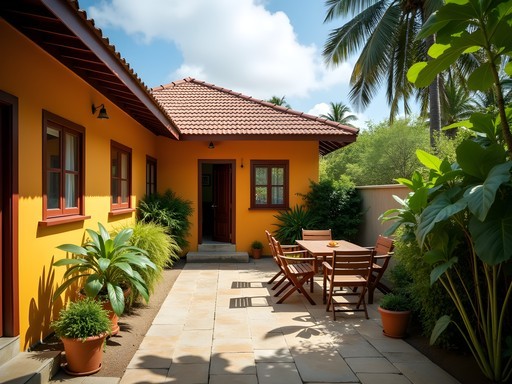
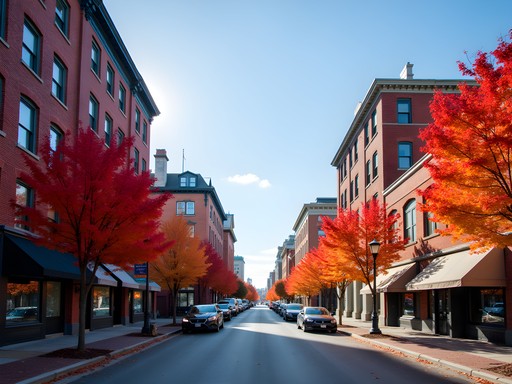
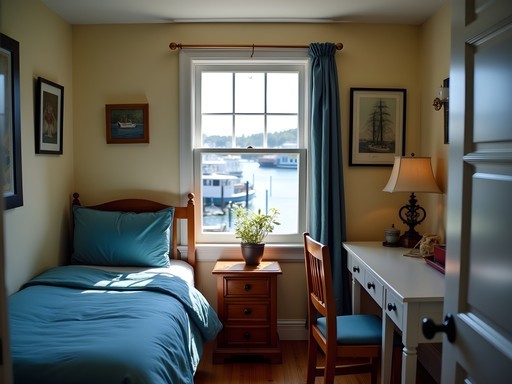
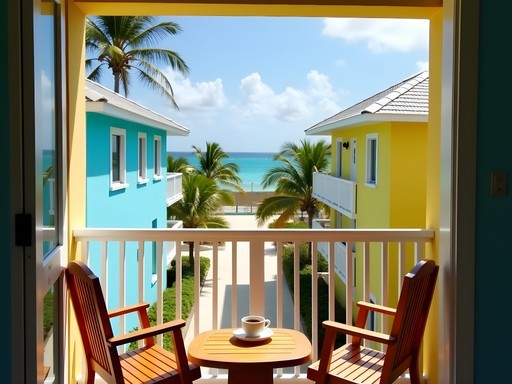

Comments
wildway5647
We did the public transportation too and it was great! Those aluguers are an adventure themselves lol. Met some super friendly locals who invited us for dinner!
budgettrekker
How's the WiFi situation in those budget accommodations? Need to do some remote work while there.
nomadmood
Just got back and it's surprisingly decent! The guesthouse I stayed at (similar price range to what Sage mentioned) had reliable WiFi in common areas. Beach cafes were hit or miss though.
wavechaser
Those sunset photos are incredible! Adding Cape Verde to my list immediately.
Marco Flores
Sage, your food recommendations saved me! Those beach restaurants charging €15 for basic meals were killing my budget until I found the local spots you mentioned. That little grocery store near the church became my daily stop. One thing I'd add - the Sunday market on the east side of town has incredible street food for €2-3 per plate. For anyone going, I recommend bringing a good water bottle - tap water isn't recommended for drinking, and buying bottled water adds up fast. Made a huge difference for my 2-week stay!
Sophia Gomez
Sage, your budget breakdown is spot on! I stayed at that same guesthouse near Ponta Preta Beach last spring. For anyone heading there, the owner Antonio makes the BEST coffee each morning and will point you to all the local spots. One tip I'd add - the aluguer (shared taxis) are super cheap for day trips to nearby villages, but agree on the price before getting in. And pack a microfiber towel - takes no space in your bag and dries super fast between beach stops. Santa Maria has that perfect balance of being developed enough for comfort but not so touristy that it loses its charm.
beachtraveler92
Antonio's still there? That's awesome! His recommendations led us to that hidden cove north of the main beach. Literally had it to ourselves for a whole afternoon.
Sophia Gomez
Yes! Still making that amazing coffee. And I know exactly which cove you mean - magical spot!
nomadmood
This post couldn't have come at a better time! Just booked my flights to Cape Verde for next month. Those public transportation tips are gold - I was about to book an expensive airport transfer! Did anyone try those beach BBQ spots Sage mentioned? The food prices sound incredible compared to what I'm seeing at the resort websites.
Sophia Gomez
The beach BBQ spots are AMAZING! I was there on a work trip last year and escaped to try them. The grilled catchfish with that lime-garlic sauce... still dream about it! And it was literally 1/4 the price of my hotel restaurant. Just bring cash - most don't take cards.
nomadmood
Thanks for the cash tip! Would've definitely shown up card-in-hand otherwise 😂
springdiver
Planning to visit in March - is that a good time weather-wise? And are there any budget-friendly water activities beyond just swimming?
Marco Flores
March is perfect! Warm but not too hot (24-27°C) and less windy than winter months. For cheap water activities, rent a snorkel set from the shops near Bikini Beach for €5/day instead of joining tours. The reefs just off Ponta Preta beach are incredible! I also found a local fisherman who took me out on his boat for €15 - way cheaper than the tourist boats charging €50+. Just walk along the pier in the afternoon and chat with the returning fishermen.
sunnyguy
Just got back from Santa Maria last week and this post is spot on! We stayed at Residencial Goa which was about €30/night for a double with AC and small kitchenette. Saved tons by cooking breakfast and some dinners. The fish market by the pier in the morning is AMAZING - fresh tuna for €5 that would cost €25+ back home. Also found this tiny place called Tam Tam serving Cape Verdean/Portuguese fusion food for super cheap. Try the cachupa stew!
mountainfan
How's the internet there? Need to do some work while traveling!
Sage Dixon
It's decent in most cafés and accommodations, but I'd recommend getting a local SIM card as backup. CVMóvel worked best for me!
Gregory Boyd
Excellent breakdown of budget options in Santa Maria, Sage. I was there three months ago and can confirm the local aluguers (minibuses) are indeed the way to go - €2-3 versus €25+ for taxis. One tip I'd add: the accommodation prices drop significantly if you stay just 5-7 minutes inland from the beach. I found a guesthouse run by a local family for €18/night with breakfast included. The seasonal timing is crucial too - November prices were about 40% lower than December-January high season.
cooltime
Good to know about November being cheaper! Did you feel safe walking from the inland guesthouses to the beach?
Gregory Boyd
Absolutely safe! Santa Maria is generally very secure - I was walking back at 11pm some nights without any concerns. Just use normal travel precautions.
Venture X
Premium card with 2X miles, $300 travel credit, Priority Pass